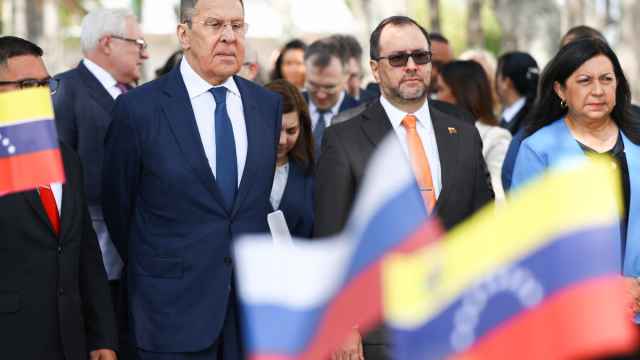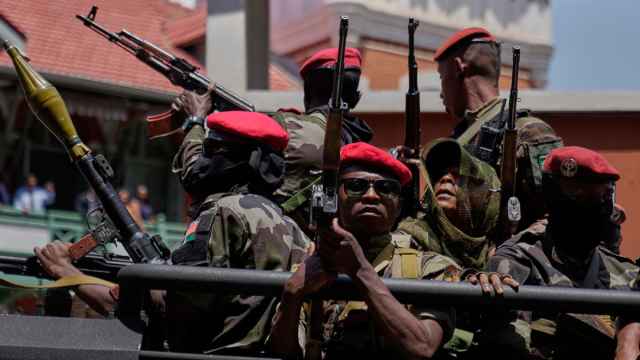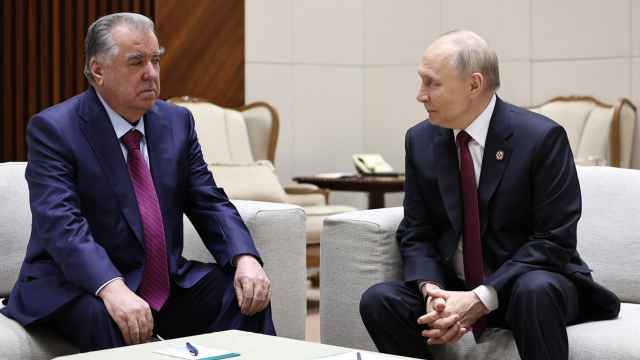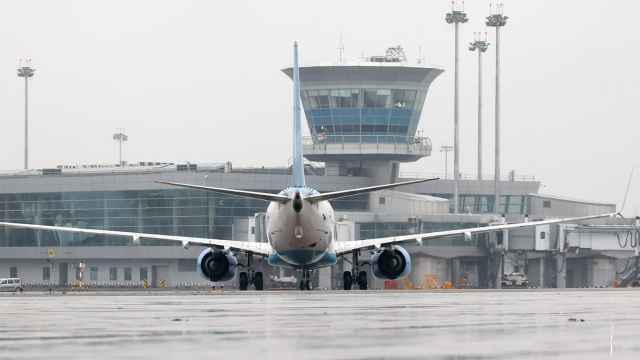The first yearlong mission to the International Space Station may begin in March 2015 following an agreement between ISS partners who previously sent crews for six months, a space agency director said Tuesday.
Alexei Krasnov, in charge of manned flights at the Federal Space Agency, said the decision was made by participants in the International Astronautical Congress in Naples, Italy, this week.
The two-person expedition, with crew members from the Federal Space Agency and NASA, will be a first test, the result of which will determine whether all flights are extended to a year, he said.
"The fundamental decision has been made. Only the formalities remain to be negotiated. So far, we are talking about a single mission," Krasnov told RIA-Novosti. "If it proves effective, we will be able to discuss with partner countries a permanent transition from half-year flights to yearlong flights."
Veteran Russian cosmonaut Yury Malenchenko, NASA astronaut Sunita Williams and Japanese astronaut Akihiko Hoshide are currently in orbit aboard the International Space Station.
They are to be joined by another trio — Kevin Ford, Oleg Novitsky and Yevgeny Tarelkin — due to blast off from the Baikonur Cosmodrome in Kazakhstan at the end of the month. Their flight was delayed a week because of a technical equipment glitch.
Russia's Mission Control Center said it would move the International Space Station on Thursday into a different orbit to avoid possible collision with a fragment of debris.
Mission Control Center spokeswoman Nadezhda Zavyalova said the Russian Zvezda module would fire booster rockets to carry out the operation at 7:22 a.m. Moscow time.
The space station performs evasive maneuvers when the likelihood of a collision exceeds one in 10,000.
NASA estimates that more than 21,000 fragments of orbital debris larger than 10 centimeters are stuck in Earth's orbit, and experts worry that orbiting junk is becoming a growing problem for the space industry.
(Reuters, AP)
Related articles:
A Message from The Moscow Times:
Dear readers,
We are facing unprecedented challenges. Russia's Prosecutor General's Office has designated The Moscow Times as an "undesirable" organization, criminalizing our work and putting our staff at risk of prosecution. This follows our earlier unjust labeling as a "foreign agent."
These actions are direct attempts to silence independent journalism in Russia. The authorities claim our work "discredits the decisions of the Russian leadership." We see things differently: we strive to provide accurate, unbiased reporting on Russia.
We, the journalists of The Moscow Times, refuse to be silenced. But to continue our work, we need your help.
Your support, no matter how small, makes a world of difference. If you can, please support us monthly starting from just $2. It's quick to set up, and every contribution makes a significant impact.
By supporting The Moscow Times, you're defending open, independent journalism in the face of repression. Thank you for standing with us.
Remind me later.





